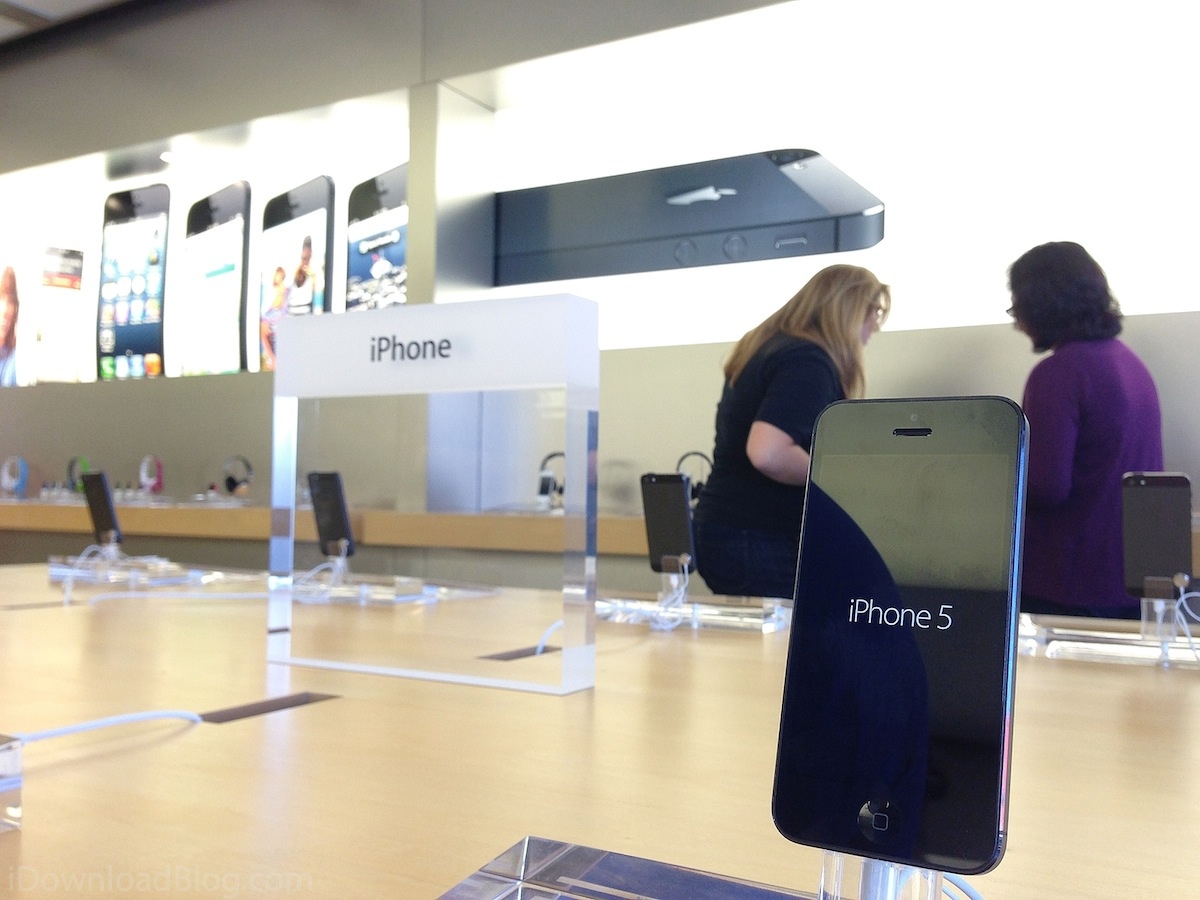Marco Tabini of Macworld takes an interesting look today at how Apple manages to keep the prices on its products, and subsequently its profits, so much higher than other manufacturers. It turns out, the company uses a unique, two-pronged pricing strategy.
The first part of it has to do with wholesale pricing. Apple, unlike most hardware-makers, doesn’t offer resellers much of a discount on products like the iPad or iMac, even if they’re buying in bulk. This doesn’t give retailers much incentive to carry the products, but with the kind of foot traffic they produce, it doesn’t really have to…
The second part of Apple’s pricing strategy, as Tabini explains, is that it supplements its smaller wholesale discounts to resellers with more substantial monetary incentives. And the largest incentive it gives is to resellers that promise to advertise its products at or above a certain price, known as the “minimum advertised price” (or MAP).
This way, Apple not only makes more money on direct sales of its products (due to the smaller wholesale discounts), but it also prevents 1. its own retail stores from having to compete against marked-down prices and 2. any retailer from gaining any kind of advantage.
All of this benefits customers in a way too. Because Apple’s products are rarely discounted, outside of holidays and iPhones (which are a different beast anyway due to carrier subsidies), they typically have a higher resale value than other, similar products on the market.
If you haven’t read the whole Macworld article yet, I highly recommend it. It provides some great insight into Apple’s business.
